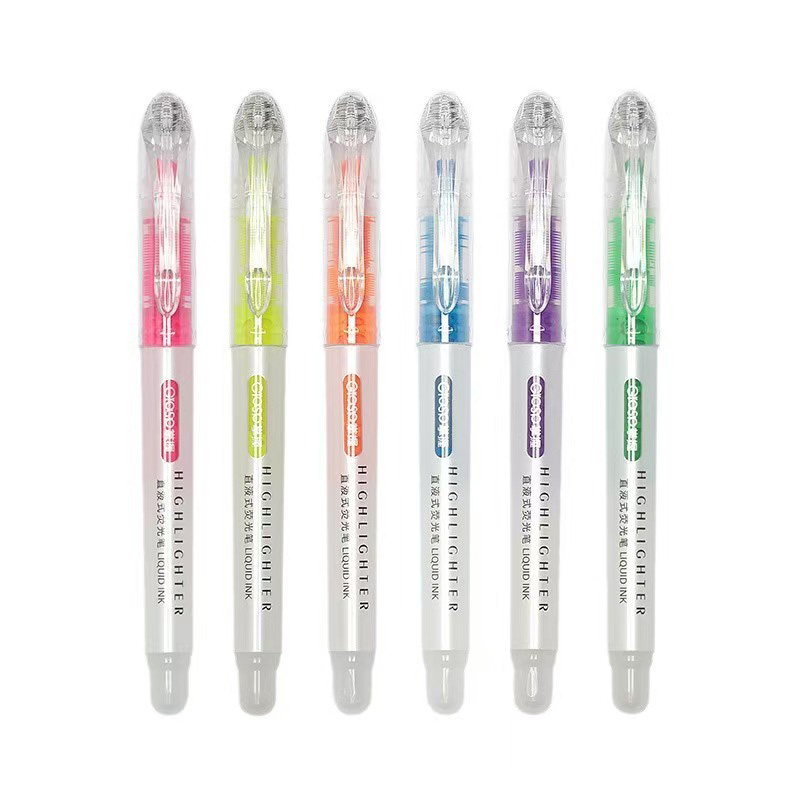Once viewed as a simple tool for students, highlighters have evolved into an indispensable part of the modern learning and professional toolkit. Their vibrant colors and clarity-enhancing capabilities have cemented their status across education, corporate offices, research labs, and creative industries. As workflows become faster and more digital, highlighters are adapting with smarter designs, broader applications, and sustainability features that cater to evolving user needs.
From annotating textbooks to streamlining project management, today’s highlighters go far beyond fluorescent yellow streaks. With diverse tip styles, erasable ink, and new environmentally friendly options, the highlighter market is experiencing a quiet revolution—fueled by consumer demand for both performance and personalization.
The Evolution of an Everyday Essential
Highlighters were originally introduced to emphasize key information in dense documents, textbooks, or notes. The concept was simple but powerful: draw the reader’s attention by using color to separate what’s essential from what’s not. In schools, this transformed the way students engaged with reading materials, helping improve focus, memory retention, and review efficiency.
In today’s more complex educational environment, where hybrid learning and self-study are the norm, highlighters remain vital. Students use them to navigate e-learning printouts, annotate lectures, and organize study materials. According to education experts, color-coded highlighting enhances learning efficiency, particularly for visual learners, by creating mental associations between topics and colors.
A Mainstay in the Modern Workplace
Beyond education, highlighters play a critical role in business and organizational communication. Project managers use them to flag action points in printouts; legal professionals highlight clauses in contracts; accountants mark discrepancies in spreadsheets; and HR teams organize onboarding materials.
In collaborative spaces, physical documents remain relevant—especially during reviews and brainstorming sessions—and highlighters help prioritize tasks quickly and clearly. Unlike digital tools, which require screens or software, highlighters offer instant visual clarity with no setup or battery life required.

Innovative tip styles—such as chisel, bullet, and dual-tips—allow users to choose between precise line marking or broader strokes, adapting to a variety of document types, from standard paper to sticky notes and glossy pages.
Expanding Creative Applications
The rise of bullet journaling, planners, and DIY stationery culture has brought highlighters into the world of personal organization and creative expression. Artists and hobbyists now use soft pastel or neon highlighters to color-code notes, decorate journals, and create minimalistic illustrations or calligraphy.
Highlighter aesthetics have expanded accordingly. Popular brands now offer muted tones, dual-color markers, and brush-style highlighters that blend functionality with creative flair. On platforms like Instagram and TikTok, influencers regularly feature highlighters in organization and “study with me” videos, further popularizing them among Gen Z users.
Innovations in Ink and Design
The generation of highlighters comes with technological improvements that address longstanding pain points. One major breakthrough is smudge-resistant ink, which prevents smearing—especially important when used with gel pens or inkjet prints. Fast-drying formulas ensure clean results even on glossy or coated paper.
Another innovation gaining traction is erasable ink, allowing users to correct mistakes without damaging the document. These highlighters use heat-sensitive ink that disappears with friction from the eraser tip, ideal for planners, test preparation, or shared documents.
Transparent tips or “see-through” nibs are also making waves, letting users preview the text as they highlight for greater precision. Meanwhile, retractable and capless designs improve portability and ease of use, making highlighters more efficient and desk-friendly.
Sustainability Takes Center Stage
With increasing environmental awareness, the highlighter industry is embracing sustainable practices and materials. Refillable highlighters are now widely available, reducing plastic waste and extending product lifespan. Some models use replaceable ink cartridges, while others allow ink to be drawn from refill bottles using a clean and simple mechanism.
Eco-conscious brands are also introducing highlighters made from recycled plastics, biodegradable casings, and water-based inks. Retailers and educational institutions are responding by including sustainable writing tools in bulk procurement and eco-friendly product lines.